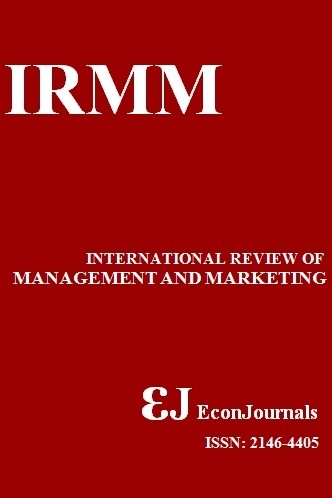The Relationship between Information Literacy and Knowledge Management among Students and Faculty Members of Shiraz University
The Relationship between Information Literacy and Knowledge Management among Students and Faculty Members of Shiraz University
information literacy, knowledge management, students, members of faculty Shiraz University,
- Başlangıç: 2011
- Yayıncı: İlhan ÖZTÜRK
Employee Disengagement: A Fatal Consequence to Organization and its Ameliorative Measures
Akram KARAMALİ, Fatemeh QORBAN, Masumeh ZOHORİAN
Mohamed Hamdoun, Mahmoud Zouaoui
Muhlis RUSLAN, Chalid İmran MUSA, Dian Anggraece PARAWANSA
The Issues of Second Layer Charging Fee in Wakalah Takaful Model Practices
Mohamad Yazid ISA, Ahmad Khilmy Abd. RAHİM, Asmadi Mohamed NAİM, Muhammad Zarunnaim Haji WAHAB
Hassan Mehrmanesh, Seyed Rahim Safavi Mirmahalleh
Does Attending a Public or Private University Make a Difference for Students in Colombia?
Edgardo CAYON, Juan Santiago CORREA, Julio SARMİENTO-SABOGAL
Effect of Store Design on Perceived Crowding and Impulse Buying Behavior
